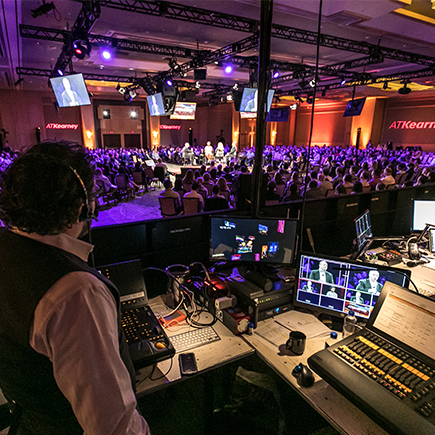Illuminating the Influence of Lighting Methods on the Art of Film Projection Mapping Techniques
Motion mapping projection is an exciting art medium that combines tech and creativity to convert ordinary spaces into extraordinary sight displays. This method involves casting images and videos onto 3D objects, such as structures, artworks, or platforms. One of the key crucial factors in producing successful mapping is the use of effective lighting methods. Proper lighting improves the visual components of the projection and guarantees that the images are crisp and engaging. This piece examines the impact of illumination techniques on video mapping and how they can elevate the complete encounter.Lighting plays a vital part in video projection because it establishes the atmosphere and feel of the display. Different illumination methods can evoke various emotions and reactions from the audience. For example, using soft, cozy illumination can create a inviting atmosphere, while bright, cold lights may produce a more energetic or dramatic impact. By carefully selecting light hues and intensities, artists can manipulate how viewers interpret the displayed images, leading to a more engaging encounter. The equilibrium between mapping luminance and ambient light is crucial, as it can significantly affect the visibility and impact of the visuals.
In addition, hue and brightness, the angle of illumination also affects the effectiveness of projection. Lighting from different directions can generate contrast and accents that introduce dimension to the projected visuals. This method, known as light and shadow, can improve the three-dimensionality of the subjects being mapped. Additionally, using moving lights can add energy to the exhibit, making the experience more engaging for the viewers. When projection mapping for concerts the illumination collides with the mapped images, it can produce an illusion of movement and change, grabbing the audience's focus.
Another important element of illumination in mapping is the use of special effects. Techniques such as patterned lighting, which uses patterns and shapes to filter light, can add texture and complexity to the mapping. This approach enables creators to superimpose visuals and produce aesthetically captivating results that enhance look at this website the projection. Moreover, adding lasers or LED illumination can additionally improve the exhibit, offering a unique mix of visual components that draw the audience in. These special features, when used thoughtfully, can transform the mapping beyond a simple display to an immersive work of art.
In conclusion, the impact of lighting techniques on video mapping is significant. By comprehending how various illumination components connect with mapped visuals, artists can produce enthralling encounters that resonate with viewers. The thoughtful selection of color, intensity, direction, and unique features enables for a vivid tapestry of sight narrative. As tech continues to grow, the possibilities for artistic showcasing in mapping will only expand, making illumination an increasingly vital aspect in this progressive creative medium.
